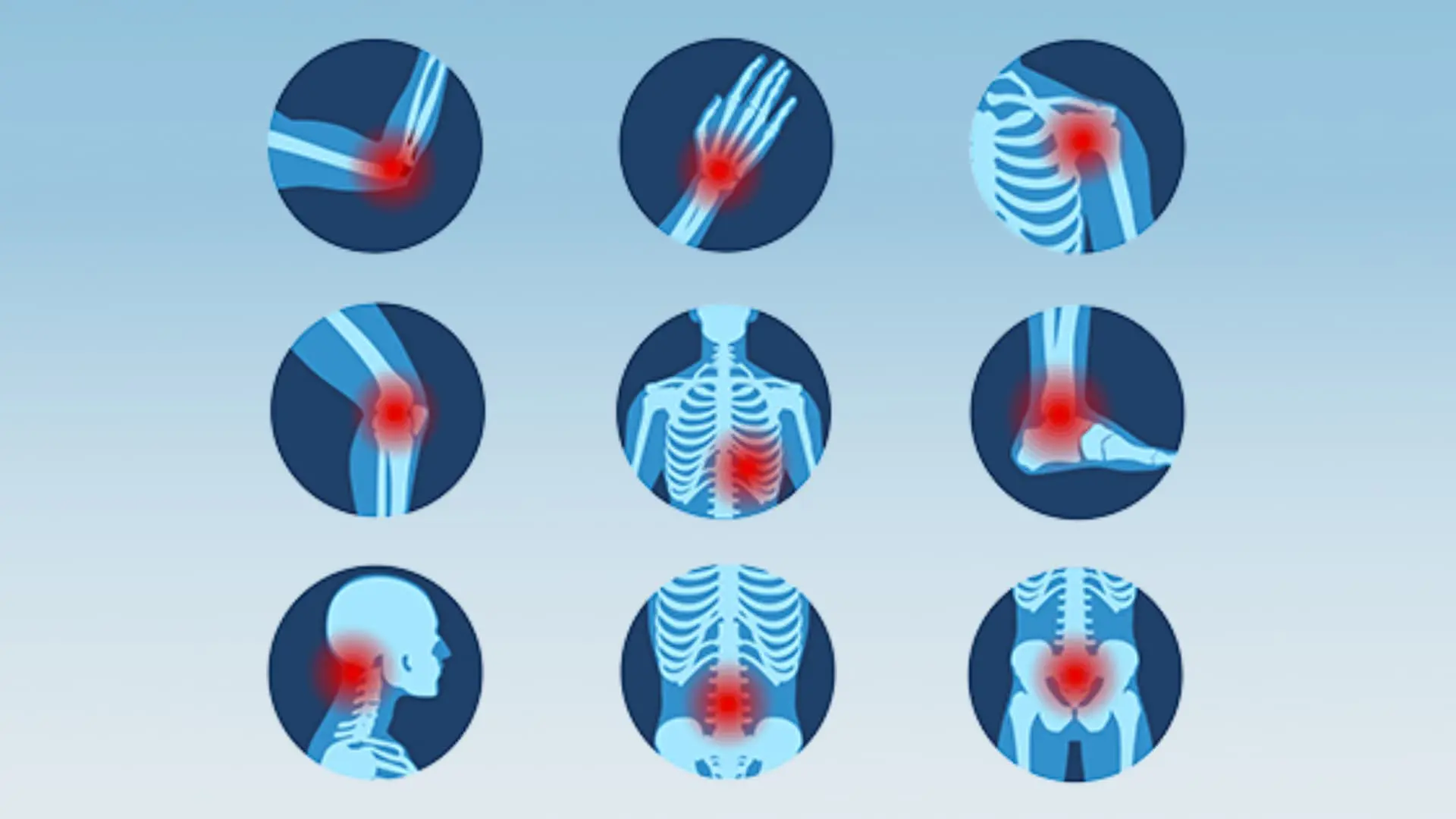
One morning it’s a rash. Another, your joints refuse to move without aching. You think it’s random. But it’s not. Your immune system has changed its direction. It no longer protects. It attacks. Not from outside threats, but from inside.
You look fine on the surface. But something underneath is burning. Quietly. Slowly. Without rest. What’s causing it? Inflammation. That one word, stretched across everything. From skin to nerves, from lungs to brain.
It isn’t always easy to trace. Some signs hide for years. Some show up fast. You remember the first time you knew something wasn’t right.
A Swelling You Can’t See but Feel Every Day
It’s not the kind that causes your skin to puff. It’s deeper. Cellular. Persistent. Your knees might swell. Or your belly. Or nothing might look different at all. But it hurts. It lingers.
You try to describe it. “Tight.” “Warm.” “Thick.” Doctors nod. They’ve heard those words before. But they don’t always know what to do.
Inflammation changes over time. It’s not one static problem. It shifts. It adapts. It builds up. And it wears you down before anyone notices.
The Same Fire That Fights Also Destroys
Inflammation is supposed to help. Infections. Injuries. It’s the body doing its job. But not in autoimmune conditions. The same process becomes harmful.
Your white blood cells show up when they’re not needed. They attack tissues, joints, glands. Not bacteria. Not viruses. You. They attack you.
You wonder why. No one’s really sure. It could be genetics. Hormones. Maybe a virus that stuck around too long. The cause slips away like smoke.
Sometimes It’s Your Thyroid, Sometimes Your Skin
Autoimmune diseases aren’t one thing. They take many names. Lupus. Rheumatoid arthritis. Psoriasis. Hashimoto’s. Crohn’s. All different. All connected by one thread: inflammation gone rogue.
Your body doesn’t follow rules anymore. One week, it’s hives. The next, your hair starts falling out. You see specialists. Each offers a new theory.
You keep a notebook. You track symptoms, foods, weather. Hoping patterns will explain the chaos. Sometimes they do. Mostly they don’t.
Pain Isn’t Always Sharp, but It’s Always There
Chronic inflammation brings pain, but not always the stabbing kind. It can be dull. Aching. Gnawing. It lives in your shoulders. Your back. Your gut.
You adapt. You sit a certain way. You walk slower. You take breaks between small tasks. You pretend you’re fine when you’re not.
There’s no wound. No bruise. Just this deep, constant discomfort that never completely fades. You adjust to survive it.
Your Blood Carries the Clues, but Not All the Answers
CRP. ESR. ANA. Your lab reports come with codes. Numbers. Arrows pointing up or down. You learn what they mean. Kind of.
Sometimes your inflammation markers spike. Sometimes they look normal. Even when you feel awful. It’s not black and white. It’s not fair.
You try to stay informed. You read articles. Research. But the science isn’t always clear. And every case seems to break its own rules.
Flares Come Without Warnings, and They Don’t Apologize
One good day fools you into hope. Then the next day, you can’t get out of bed. Your joints lock. Your vision blurs. Your fingers swell.
You didn’t do anything different. No bad meal. No stress. No obvious trigger. But the flare came anyway.
That unpredictability breaks your routine. You cancel things. You reschedule. You lie down in the dark and wait. It’s the only thing left to do.
Anti-Inflammatory Isn’t Just a Buzzword, It’s a Lifeline
You change your diet. Less sugar. More greens. Omega-3s. Turmeric. Every little choice feels like strategy.
Your meds are tailored around inflammation. Corticosteroids. DMARDs. Biologics. They help, most days. But they come with costs. Side effects. Risks.
So you find balance. You combine medicine with food. With rest. With boundaries. That’s how you manage. Not cure. Manage.
Fatigue Doesn’t Come From Doing Too Much, It Comes From Existing
Autoimmune fatigue isn’t like being tired. It’s being weighted. Like your muscles are soaked in lead. You sleep eight hours and wake up just as empty.
The inflammation burns through your energy, slowly. Like a battery that never fully charges.
People tell you to rest. You do. But it’s not that kind of tired. It’s deeper. Harder to explain.
Brain Fog Makes You Doubt Your Own Thoughts
You forget names. You lose words. You mix up dates. Not because you’re careless. Because inflammation touches your brain too.
You start second-guessing yourself. Did I say that? Did I write that down? Was that today?
It feels like static in your mind. You write things twice. Set alarms. Triple-check the time. You compensate. But you still feel behind.
Inflammation Doesn’t Stay Where It Starts
You think it’s just your joints. Then it’s your skin. Then your gut. Then your eyes. Autoimmune inflammation doesn’t respect boundaries.
It spreads. Migrates. Adapts. You become a map of symptoms. Each new one makes you ask, is this part of it too?
Doctors try to separate the pieces. But your body doesn’t care about categories. It just keeps responding, over and over again.
Remission Is a Word You Say Quietly
Some people get lucky. A medication works. A stretch of calm arrives. You don’t talk about it much. Not out loud.
You fear jinxing it. You’ve seen how fast it can change. One small infection. One skipped dose. That’s all it takes.
So you savor those quiet weeks. You guard them. And you try not to hope too loudly. Just in case.
You Redefine Health Around What Your Body Can Handle
You stop chasing perfect days. You celebrate small wins. A walk. A laugh. A full night’s sleep.
Your calendar changes. It leaves room for recovery. For flares. For no-shows. You learn to be gentler with yourself.
You build a life not around what you’ve lost, but around what’s still possible. And that becomes enough.
